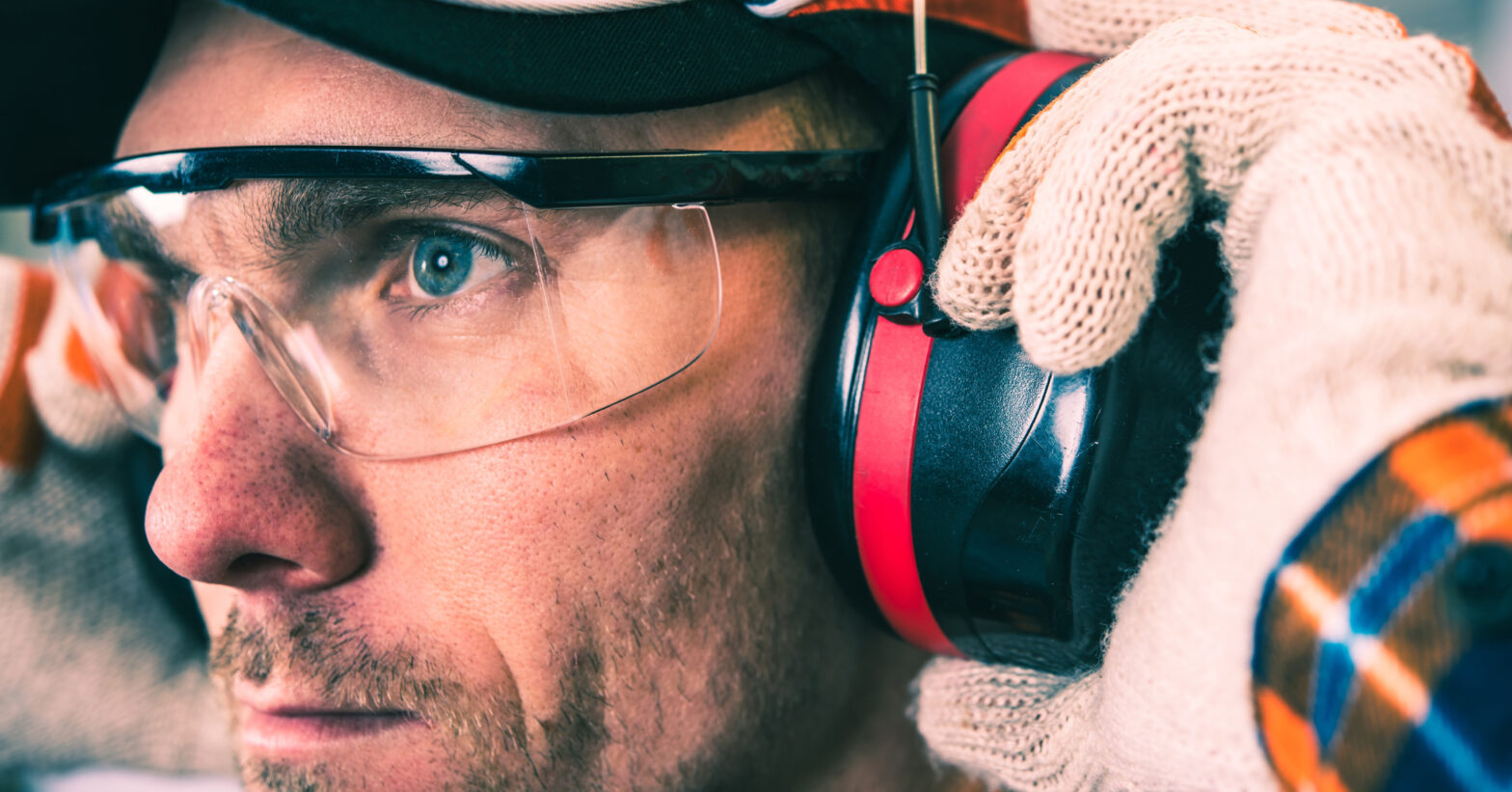
In many UK industries — from busy construction sites to loud manufacturing facilities and logistics hubs — workplace noise is often seen as an unavoidable part of the job. But exposure to excessive noise can have serious and permanent consequences.
Unlike visible injuries, noise-induced hearing loss (NIHL) develops gradually, and once the damage is done, it’s irreversible. That’s why hearing protection should be considered an essential part of every employer’s safety strategy.
The Growing Impact of Hearing Loss in the UK Workplace
According to the Health and Safety Executive (HSE), approximately 17,000 people in the UK suffer from work-related hearing problems such as NIHL or tinnitus. Every year, around 11,000 new cases of occupational hearing damage are reported. Shockingly, industrial deafness made up 75% of all occupational disease claims in 2022 — a clear indication that the problem is widespread and persistent.
These figures are most prevalent in sectors like construction, manufacturing, agriculture, utilities, and transport — all of which are crucial to the UK’s economic output and employ large numbers of workers who are regularly exposed to hazardous noise levels.
How Loud Is Too Loud?
Sound is measured in decibels (dB), and prolonged exposure to levels above 85 dB can result in permanent hearing damage. To put this into context:
- A busy construction site averages between 80–90 dB
- Pneumatic drills and angle grinders can reach 100–110 dB
- Even regular traffic noise can exceed 85 dB
Without proper hearing protection, daily exposure to this kind of noise adds up quickly, potentially leading to permanent hearing loss or conditions like tinnitus. It’s not just about ears either — constant noise can lead to stress, reduced focus, and increased risk of workplace accidents.
Employer Responsibilities Under UK Law
The Control of Noise at Work Regulations 2005 places a legal duty on employers to protect workers from noise risks. Employers must:
- Assess noise levels and identify employees at risk
- Provide information and training when exposure exceeds 80 dB(A)
- Ensure hearing protection is provided and worn when exposure exceeds 85 dB(A)
- Offer audiometric testing to regularly exposed workers
Failure to comply can lead to enforcement action, fines, and claims — but more importantly, it puts the health of the workforce in jeopardy.
Choosing the Right Hearing Protection
Effective hearing protection can reduce noise exposure by up to 30 dB, but the key is ensuring that it’s fit for purpose, comfortable, and used correctly. If the protection is uncomfortable or makes communication difficult, workers are less likely to wear it consistently. Common types of hearing protection include:
- Earplugs – available as disposable, reusable, or custom-moulded for a snug fit
- Earmuffs – ideal for environments with fluctuating noise levels, easy to use and remove
- Electronic/Smart Options – allow voice communication while filtering out harmful noise
It’s important to avoid overprotection, which can isolate workers or reduce their awareness of other hazards in their environment.
The Cost of Inaction
Beyond the human impact, hearing loss brings a significant financial burden. The British Society of Audiology estimates that hearing loss costs the UK economy £25 billion each year in lost productivity, healthcare needs, and social support. For businesses, neglecting hearing protection can result in:
- Increased sickness absence and lower productivity
- Expensive compensation claims
- Damage to brand reputation and staff morale
Innovation in Hearing Protection
The hearing protection industry is evolving rapidly. Advanced solutions are now available to help workers stay protected without compromising awareness or communication. These include:
- Bluetooth-enabled defenders for seamless team communication
- Smart devices with built-in noise monitoring and data logging
- Personalised fit solutions for long-term comfort and efficiency
Such innovations are particularly valuable in high-risk sectors where communication and situational awareness are key to operational safety.
Fostering a Culture of Hearing Safety
Protecting hearing isn’t just about supplying equipment — it’s about building a safety-first culture. Employers should:
- Provide ongoing training on the risks of noise exposure
- Ensure easy access to hearing protection at all times
- Conduct regular noise level assessments
- Implement routine hearing checks for at-risk employees
Taking a proactive approach helps embed hearing protection into everyday routines, boosting long-term compliance and safeguarding workers’ health.
Final Thoughts
Hearing damage from workplace noise is entirely preventable — but only if we take it seriously. By investing in the right hearing protection, educating workers, and fostering a culture that prioritises long-term wellbeing, UK businesses can protect their teams and their bottom line.
At Stronghold Global, we offer a wide range of certified hearing protection solutions to suit every industry and working environment — from classic ear defenders to cutting-edge smart technology.
Don’t wait for the damage to be done.
👉 Explore our full range or get in touch with our expert team today.
01793 484237
[email protected]
www.strongholdglobal.com
Follow us on social media for the latest workplace safety and compliance updates!




![stronghold global logo[94]](https://www.strongholdglobal.com/wp-content/uploads/2022/03/Stronghold-Global-Logo94.png)




